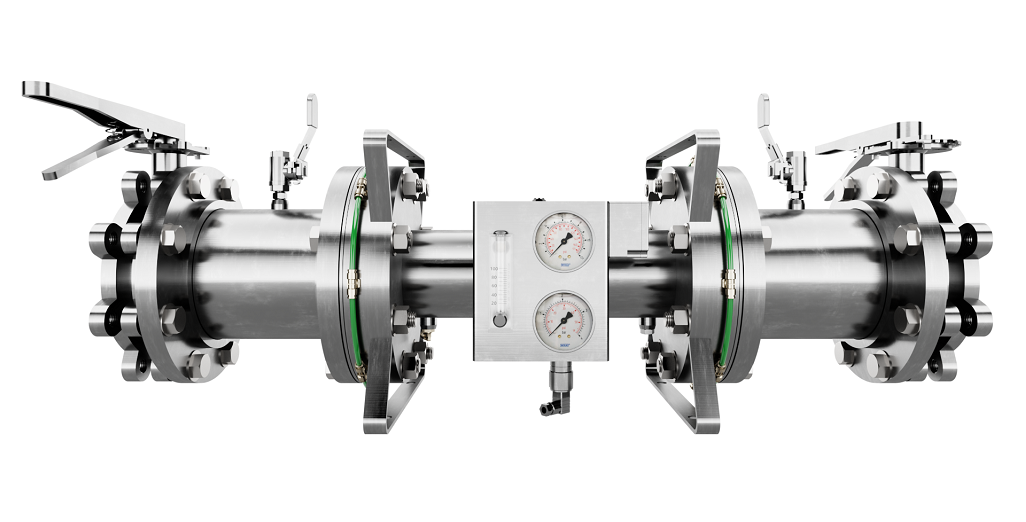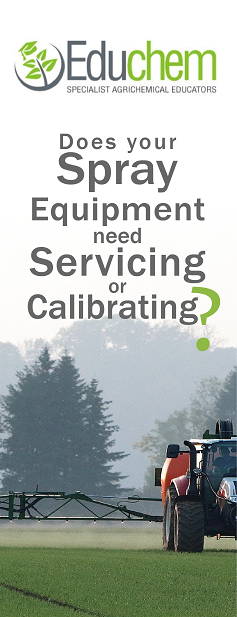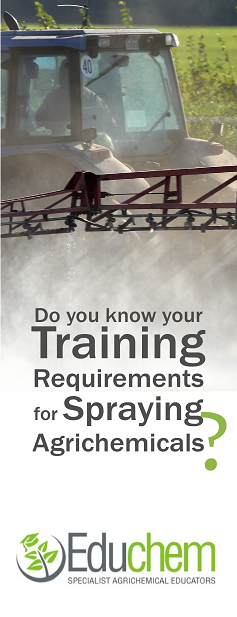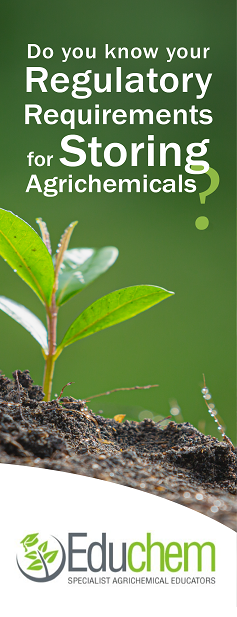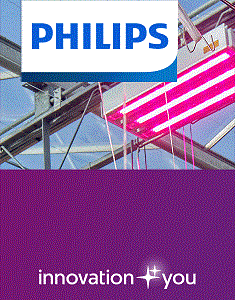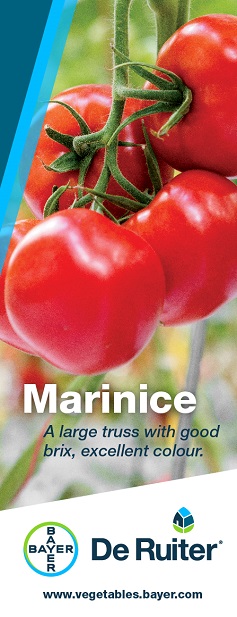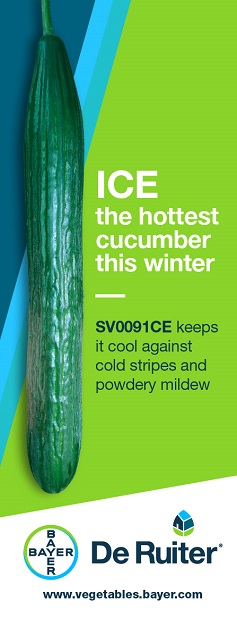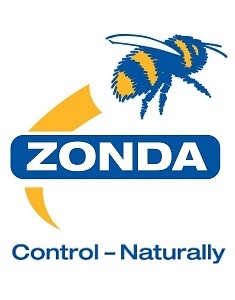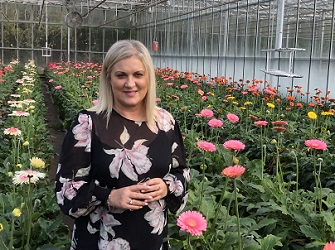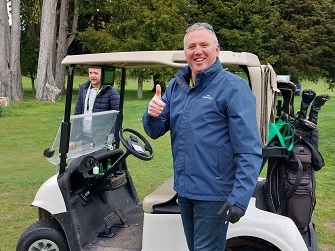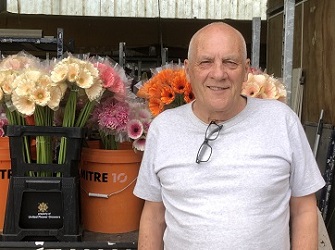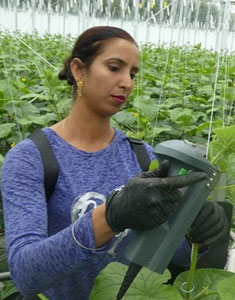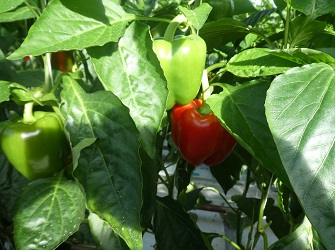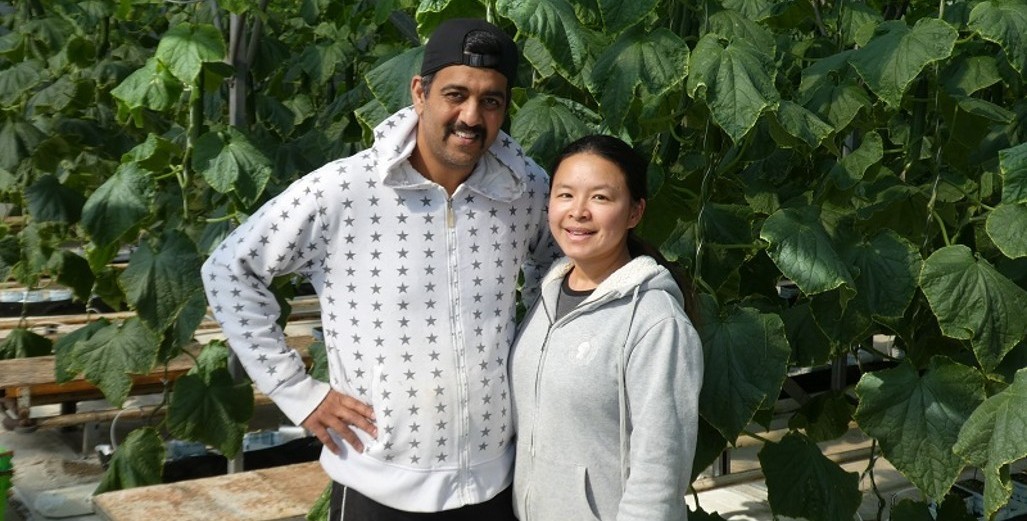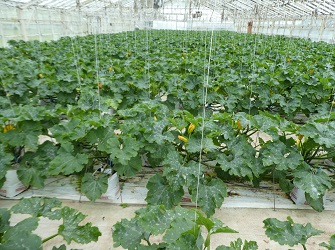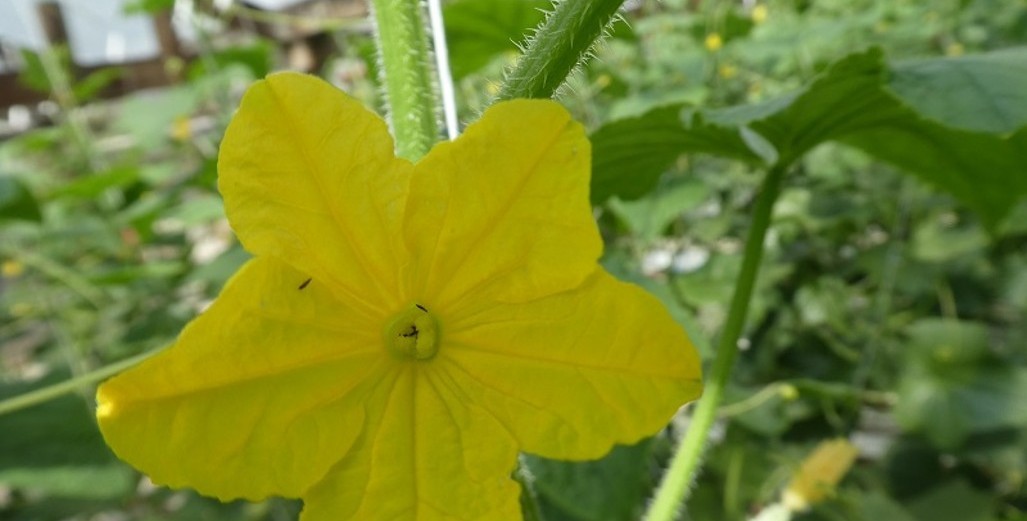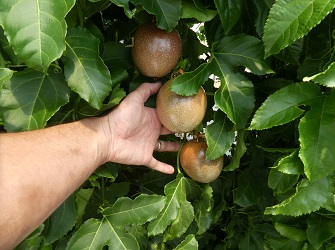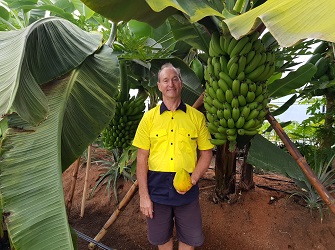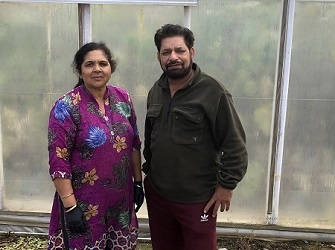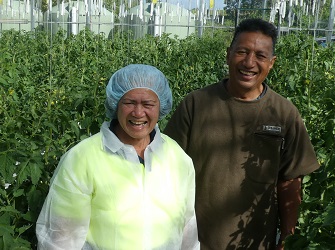Sign up here to subscribe to the Grower2grower Ezine. Every two weeks you will receive new articles, specific to the protected cropping industry, informing you of industry news and events straight to your inbox.
Oct 2024
Less fertilisation and higher yields with Ambiorix iron polyphosphate
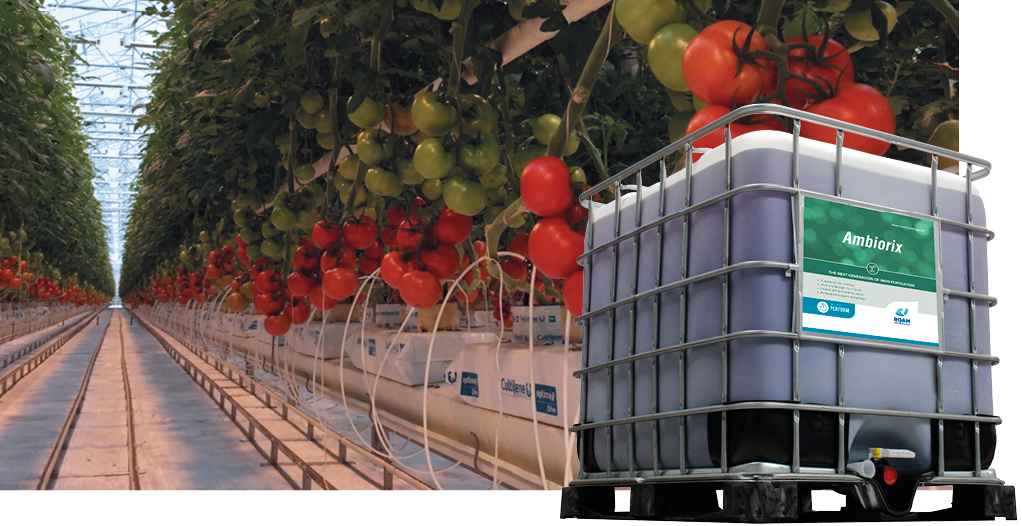
The product also contributes to the absorption of other elements such as calcium. Partly because of this, they did not suffer from blossom end rot last year.
Tomato grower Stoffels from Rijkevorsel (Belgium) started using Ambiorix iron polyphosphate as an alternative to iron chelate a year and a half ago. The inorganic fertiliser Ambiorix does not break down in combination with oxidising disinfectants, which means that less iron needs to be added. According to the grower, the product also contributes to the absorption of other elements such as calcium. Partly because of this, they did not suffer from blossom end rot last year.
5 September 2024

Stoffels from Rijkevorsel, just across the border from Breda, is the only Belgian company that operates independently of the Flemish auctions. After owners Petra Veldman and Paul Stoffels took over marketing themselves about ten years ago, the tomato company has built up a large network of retailers and intermediaries in seventeen European countries. The company focuses on flavor tomatoes with an emphasis on cherry vine tomatoes.
In the greenhouse, the consequences of the ‘independence’ are visible in the form of, among other things, a robot that makes harvest forecasts. “We cannot keep stock or put product away at the auction. We have to sell everything in advance. That is why a good insight into the expected production is very important. Our stock hangs on the plants”, explains production manager Staf Verlinden.
Taste and fertilisation
In order to obtain the right taste, fertilisation is also very important. “A lot of nitrogen gives vegetative growth and is at the expense of the taste,” Verlinden gives an example. The cultivation manager indicates that the company works with “difficult varieties” where problems with blossom end rot are common.
In order to limit the risk of blossom end rot and to optimise the quality of the production, the company was one of the first companies in the Benelux to start using Ambiorix, a liquid iron polyphosphate, as an alternative fertiliser for iron chelate a year and a half ago. “Iron polyphosphate ensures a better transfer of calcium, which can prevent blossom end rot,” says Verlinden.

Polyphosphate vs. chelate
Stoffels Tomaten was referred to the new iron fertiliser based on polyphosphate technology, called Ambiorix, offered by Roam Technology. Roam Technology previously supplied hydrogen peroxide for water disinfection at the tomato company. Two years ago, Roam Technology entered into a partnership with phosphate producer Prayon for the distribution of Ambiorix.
In addition to the preventive effect against blossom end rot, the product has several advantages over the traditionally used iron chelates. Chelates are synthetic organic compounds that guarantee the absorption of iron by the plant and have been used in this capacity for decades in substrate cultivation.
“In combination with disinfection equipment – in particular ozone, UV, chlorine-containing products and oxidising disinfectants – this iron supply to the plant is much less guaranteed,” says Dave Pinxteren, representative of Prayon. “Chelates have the property that they are broken down by the disinfection equipment and disinfectants. This results in an unpredictable iron supply to the plant and also reduces your disinfection efficiency.”
Better absorption of elements
Polyphosphates, on the other hand, are inorganic substances that do not contain carbon and therefore oxidise less easily when they come into contact with disinfectants. Prayon and Roam Technology closely monitored the cultivation at Stoffels last year by analysing the irrigation and drainage water in combination with weekly plant sap analyses.
According to Pinxteren, this clearly shows that the iron is hardly broken down in combination with a disinfectant and the iron supply is much more stable. The absorption of other elements, such as calcium, zinc, manganese and copper, is also better. “The polyphosphates (negatively charged) also complex other 2-valent positive nutrients, which means that they are, as it were, carried along with the polyphosphates, straight to the roots,” it sounds.
Together with Prayon, Roam Technology managed to get a foot in the door with ten vegetable growers in the Netherlands and Belgium in the short term, including lettuce growers, eggplant growers, cucumber growers and tomato growers. In this last group, companies that focus on the production of varieties susceptible to blossom end rot are the frontrunners. Another interesting factor for lettuce growers is that the carbon filters become less clogged. “These filters stop the organic chelates, while allowing inorganic polyphosphates to pass through,” Pinxteren explains.
Step by step
The former researcher at Proefcentrum Hoogstraten (a Belgian practice-oriented research centre in horticulture) indicates that the collaboration with growers proceeds in steps, with companies often stepping in cautiously. Not surprising, says Staf Verlinden, who also started with a limited trial. “Growers are often cautious and want hard evidence and guarantees before they switch. A change of mentality is often also necessary.
For fear of too low an iron content, Verlinden added a larger dose of iron chelate for years to compensate for any breakdown of iron. “An extra dose of iron chelates has no adverse effects and offers certainty,” he explains. Pinxteren sees this at many more greenhouse horticulture companies where the iron dose is sometimes even many times higher than the required minimum of 15 micromol per liter.
“By using polyphosphates, we can reduce our iron use. That also means savings,” says Verlinden, who looks back with satisfaction on the partial switch to the new iron fertiliser.
Reduction of iron supply
The tomato company is considering expanding the current area of 5.5 hectares on which Ambiorix is used. “Last year we had a good, high-quality season without blossom end rot. It is of course a combination of factors, but the use of Ambiorix certainly played a role,” says Verlinden.
Since using Ambiorix, Stoffels has reduced the standard addition of iron from 70 micromol to 50 micromol per liter. “In the long term, we think we can reduce this dose to 35 micromol per liter,” concludes the cultivation manager.
For more informatin contact
Ivan Casteels
E: Ivan.casteels@roamtechnology.com
Business Leader Agro Solutions Export
www.roamtechnology.com
For New Zealand enquires:
Ph: 08003382436
E: grant@educhem.co.nz
Less fertilisation and higher yields with Ambiorix iron polyphosphate (roamtechnology.com)
CLASSIFIED
Photo
Gallery
Subscribe to our E-Zine
More
From This Category
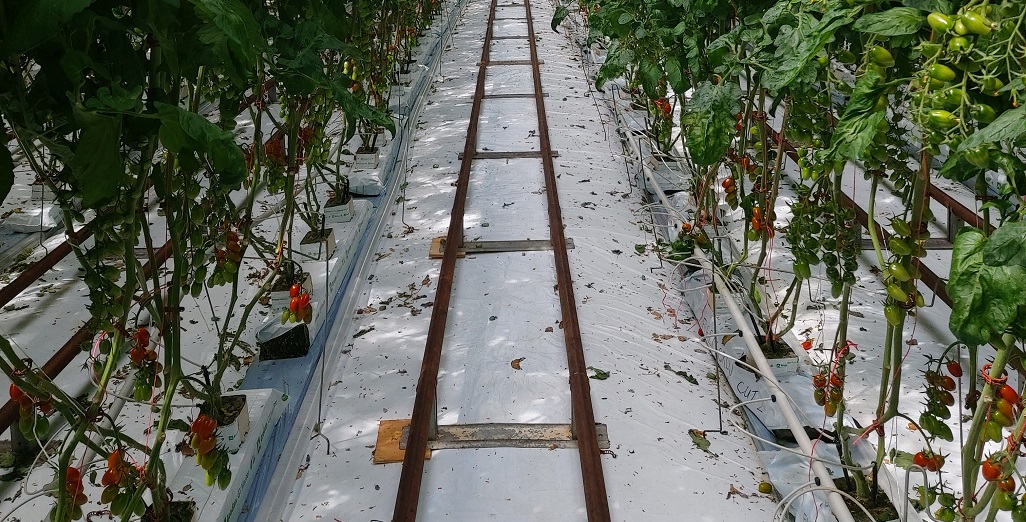
(Best of 2024) Fleecegrow turning wool into substrates a reality

Less fertilisation and higher yields with Ambiorix iron polyphosphate

Bluelab Introduces OnePen™
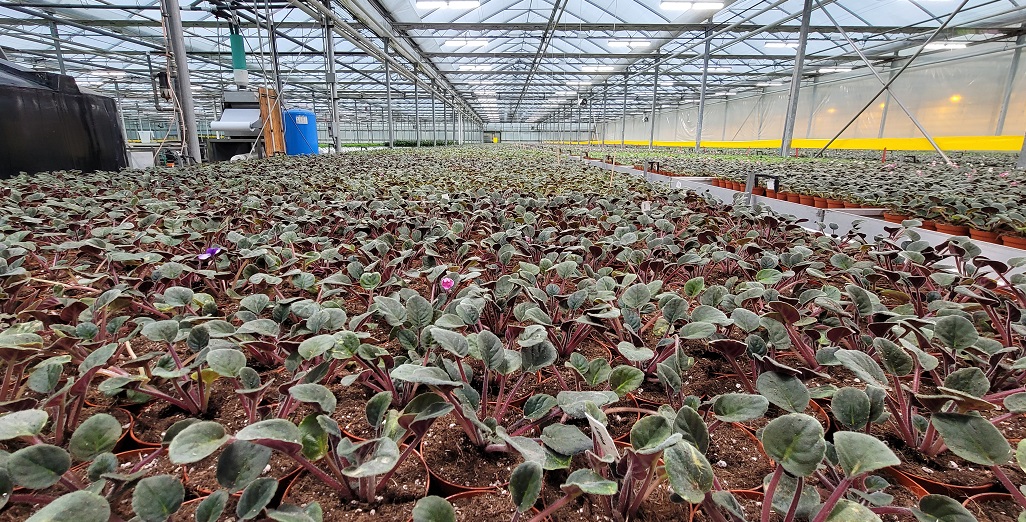
Free Webinar on Controlling Waterborne Pathogens in Greenhouses
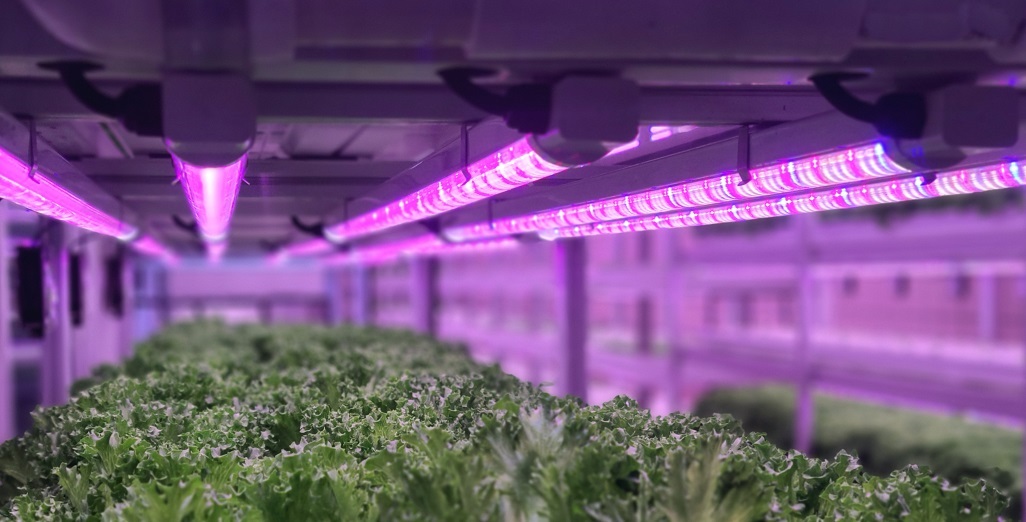
Whitepaper elaborates on safe recirculation of irrigation water
